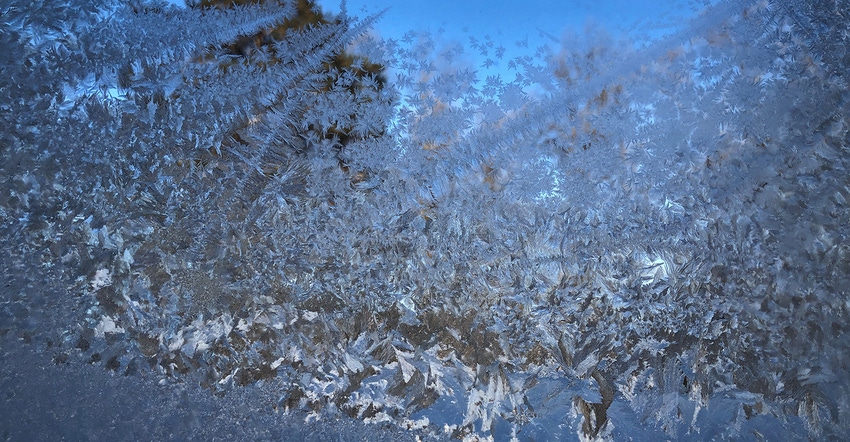February 4, 2019

By Mark Seeley
March 2019 marks the 120th anniversary of Minnesota’s coldest March.
The monthly average temperature across the state that year ranged from just 8 degrees F in northern counties to 18 degrees in some southern counties, numbers that are 13 to 20 degrees colder than the modern averages for the month.
This exceptional cold was probably expected because Minnesota citizens had endured one of the coldest winter seasons, 1898-1899, in state history. More than 25 stations reported extreme cold of -40 degrees or colder on at least one night. The previous coldest month, in February of 1899, Leech Lake had reported a reading of -59 degrees. The bitter, colder air was due to many Arctic high-pressure systems descending on the state from higher latitudes where there was persistent deep snow cover throughout the winter.
Temperatures were consistently colder than normal throughout the month. Only March 9 and 10 brought temperatures that were near normal. Subzero readings were common around the state.
Western and southern counties reported 8 to 10 days with subzero minimum temperatures, while in the north many areas reported 15 to 20 days with such readings.
In the far north of the Red River Valley from March 15-March 23, each morning brought subzero temperatures. Only a single day, March 8, recorded a daytime maximum temperature that was above freezing. Many climate stations reported at least one morning low temperature that was -15 degrees or colder, and several northern Red River Valley communities saw the temperature go as low as -30 degrees or colder.
Less snow
Unlike the earlier months of that winter, March brought less-than-normal amounts of snowfall. Many areas of the state, especially western counties, saw only 3 to 7 inches. The persistent and amplified cold air drove the frost deep into the ground near record-setting depths greater than 60 inches in some places. As a result, when thawing temperatures arrived finally in April, there was widespread spring snow-melt flooding on many rivers, especially the Red River along the Minnesota-North Dakota border, where they reported a record flood crest at Fargo-Moorhead.
March of 2019 is highly unlikely to bring such an extreme cold climate signature. In fact, the trends have been in the opposite direction. Both 2012 and 2016 brought record-setting warm temperatures for the month of March. I suspect that 2019 will lean in that direction.
Seeley is professor emeritus of climatology at the University of Minnesota.
You May Also Like




